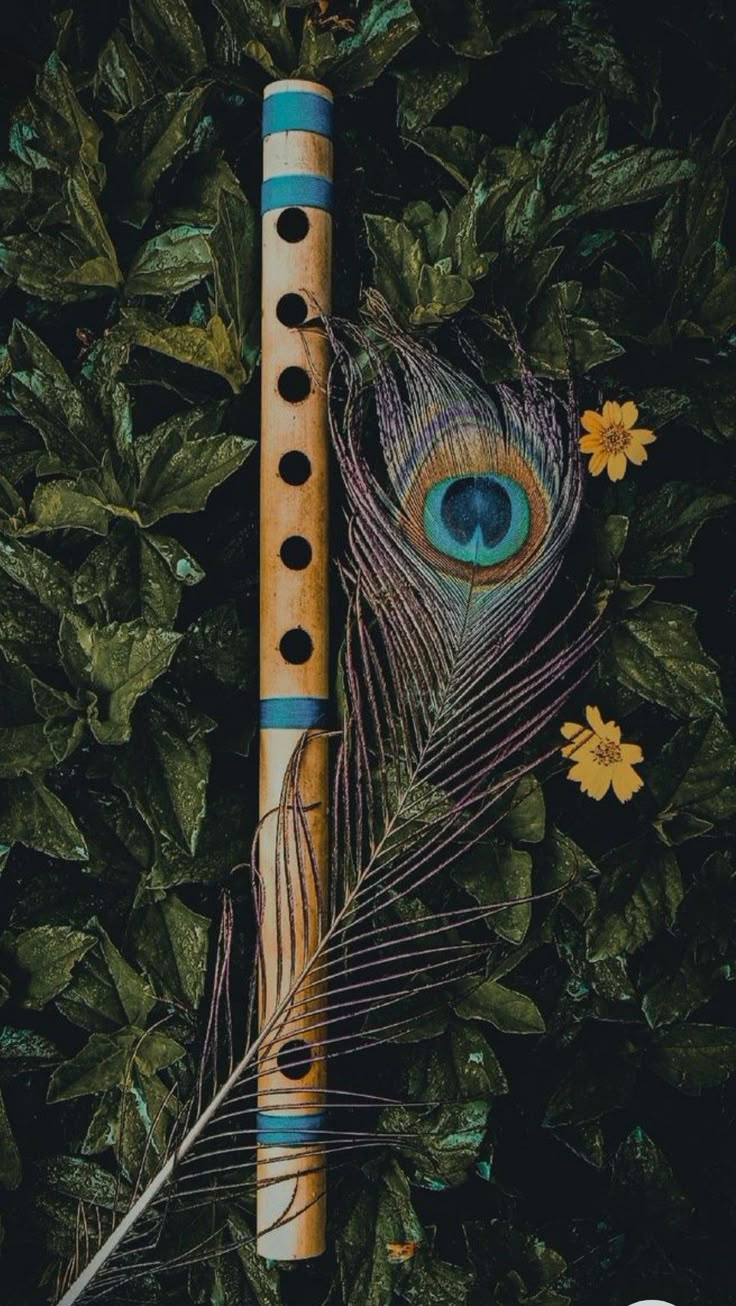1.Flute Instrument
-
In Carnatic music the flute is called the “venu” (வேணு) or sometimes “pullanguzhal” in Tamil.
-
It’s a side-blown bamboo flute with 8 finger holes (earlier 7) and no keys, unlike the Western flute.
2. Structure & Features
-
Made from a single piece of bamboo.
-
Produces a soft, mellow, and sweet tone, ideal for expressing gamakas (ornamentations) unique to Carnatic music.
-
The additional 8th hole (introduced by T.R. Mahalingam) gives more flexibility in pitch and gamakas.
3. Playing Style
-
Uses cross-fingering and controlled breath to produce microtones and slides (gamakas).
-
Notes correspond to swaras (sa, ri, ga, ma, pa, da, ni).
-
Because of its open holes, it can closely mimic the human voice, which is why it’s so prized in Carnatic concerts.
4. Famous Carnatic Flutists
-
T.R. Mahalingam (Mali) – revolutionized Carnatic flute playing; introduced the 8-hole flute.
-
N. Ramani – student of Mali; developed a distinct bani (style).
-
Sikkil Sisters (Kunjumani & Neela) – renowned female flautists.
-
Shashank Subramanyam – known for speed, range, and innovation.
-
Nagai Muralidharan, Sikkil Gurucharan (next gen artists).
5. Role in Concerts
-
Can be a solo instrument or part of an ensemble (accompaniment).
-
Commonly used in kutcheris (concerts) and aradhanas (devotional festivals).
-
Popular for rendering ragas, kritis, varnams, thillanas etc.




